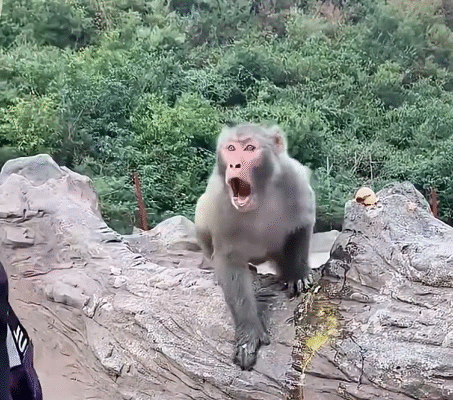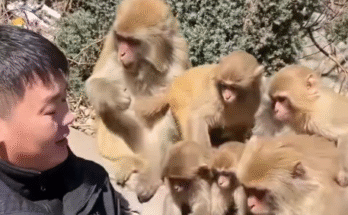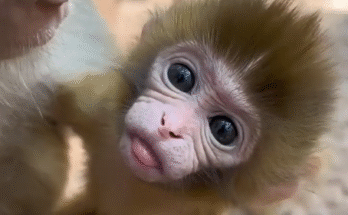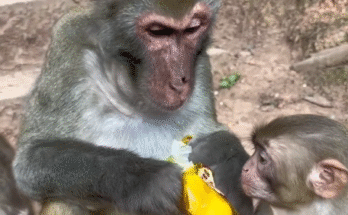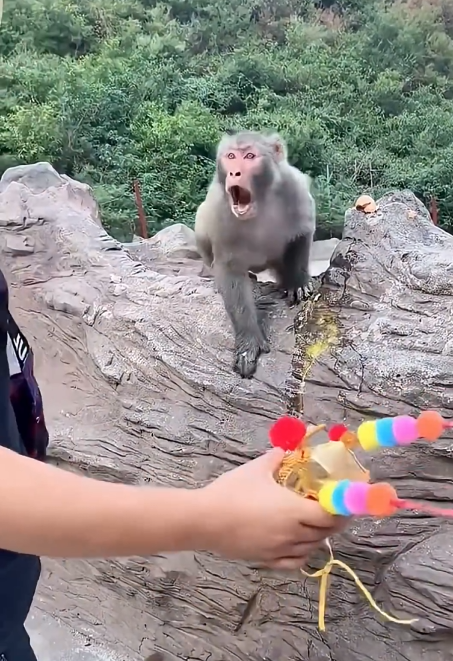
China is home to some of the most vibrant and unique wildlife parks in the world, and one of the most fascinating among them is a monkey park. Nestled among lush mountains and flowing rivers, these parks are designed to allow monkeys to roam freely while offering visitors the rare chance to observe them in naturalistic habitats. But what is a normal day like at a Chinese monkey park? Let’s take a journey through the sights, sounds, and surprises of a typical day.
The morning in the monkey park begins with a gentle haze of mist drifting over the mountains. The air is crisp, filled with the aroma of pine trees and damp earth. Early risers, both humans and monkeys, are already active. For the monkeys, this is the perfect time to explore, groom, and play. Among them are macaques, golden snub-nosed monkeys, and even some rare species brought in for conservation programs. The sounds of the park in the early morning are magical—a mix of chatter, squeaks, and the occasional loud screech echoing through the trees.
Visitors begin arriving around 7:30 a.m., just as the staff finish their morning preparations. The park opens its gates, and a stream of families, photographers, nature enthusiasts, and curious travelers filter in. Each visitor receives a small brochure, explaining the rules of interacting with the monkeys. Feeding is allowed only in designated areas with approved snacks, because the park prioritizes the animals’ health and safety.
By 8:00 a.m., the park is alive with energy. Monkeys swing from branch to branch, their agile bodies moving with astonishing grace. Some are busy grooming each other, a social activity that strengthens bonds and helps keep their fur clean. Others are foraging for natural food, while a few daring individuals venture close to human pathways, hoping to snag a treat or catch the attention of a visitor.
One of the highlights of a normal morning is the feeding session. Staff prepare baskets of fruits, vegetables, and special monkey snacks, distributing them in different zones of the park. The monkeys gather quickly, some leaping with incredible agility to reach the food. The younger monkeys are often the most mischievous, chasing each other, stealing food, and sometimes creating hilarious chaos. Visitors watch in awe, cameras clicking as monkeys demonstrate their playful personalities.
During this time, the park staff also take care of health checks. Vets and caretakers quietly monitor the monkeys, ensuring they are healthy, hydrated, and free of injury. Any signs of illness are addressed promptly, and special attention is given to infants and elderly monkeys. Some parks even have enrichment programs to keep the monkeys mentally stimulated, including toys, puzzles, and foraging games designed to mimic natural challenges.
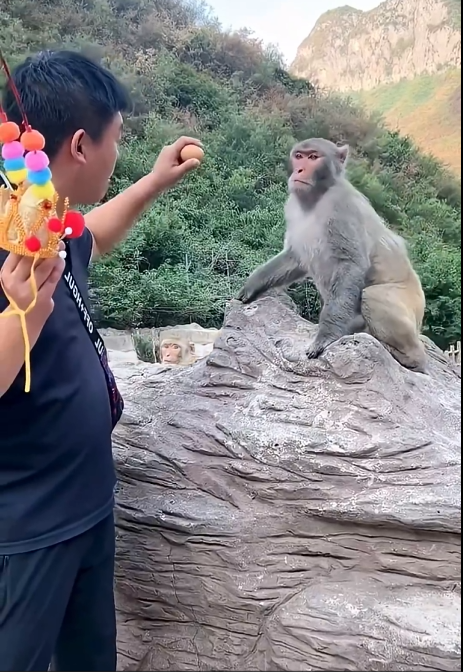
By late morning, the park has reached its peak energy. Visitors walk along winding paths, bridges, and observation platforms, taking in the scenery and snapping photos. Guides are stationed at key points to explain monkey behavior, social hierarchy, and the conservation efforts in place. They point out how alpha males assert dominance, how females care for their young, and how monkeys communicate using facial expressions, vocalizations, and body language.
A typical day at the park is also filled with moments of wonder. For instance, it’s not uncommon to see a mother monkey teaching her baby how to crack nuts or eat fruits—carefully demonstrating and watching her offspring imitate every move. Visitors are often delighted to witness these lessons, realizing that monkey behavior mirrors human behavior in many ways: teaching, learning, cooperation, and play all play critical roles in their development.
As midday approaches, some monkeys retreat to shaded areas to rest. They groom themselves, nap on high branches, or lounge on rocky outcrops. The park becomes slightly quieter, though the occasional playful squeak or bark reminds everyone that the forest is alive. Visitors often use this quieter period to enjoy the scenery, take a break, and observe the subtler aspects of monkey life—how they interact in small groups, how they navigate difficult terrain, and how they exhibit curiosity toward their surroundings.
Afternoon activities often include enrichment games and interactive demonstrations. Staff might place hidden food items, creating challenges for monkeys to solve. The monkeys’ problem-solving skills shine as they manipulate branches, rocks, and even human-made tools to access the treats. These enrichment activities not only entertain the monkeys but also provide visitors with unforgettable experiences, highlighting the intelligence and ingenuity of these animals.
Throughout the day, the park maintains a balance between human interaction and monkey independence. Feeding zones are clearly marked, and visitors are encouraged to observe before interacting. Rules such as “no sudden movements,” “no loud noises,” and “do not chase the monkeys” are emphasized to ensure safety for both humans and animals. For monkeys, this structure provides security and reduces stress, allowing them to behave naturally and engage with their environment fully.
As late afternoon arrives, the monkeys begin to settle down again. The young ones play briefly, testing their agility, while older monkeys climb to higher branches, preparing for the night. Visitors who remain enjoy the final quiet moments, capturing golden sunlight filtering through the canopy, illuminating the monkeys in a breathtaking display. Guides explain how the monkeys prepare for the evening, finding sleeping spots that offer both safety and comfort.
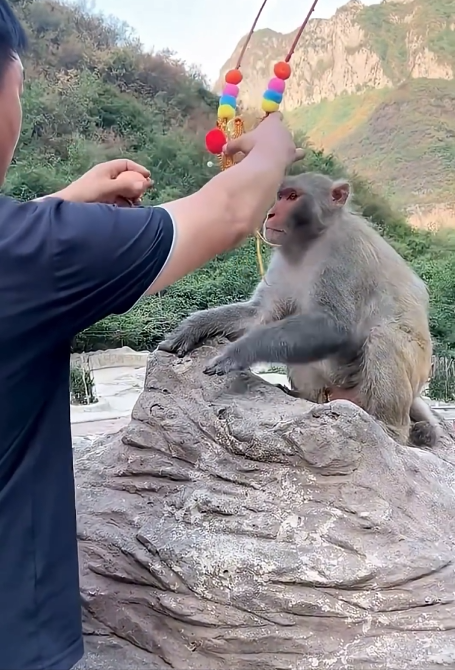
By evening, the park begins its closing routine. Visitors leave, the gates close, and the staff carry out their final checks. Feeding stations are cleaned, and any leftover food is removed to prevent attracting wild animals from outside. The monkeys, now calm and full from the day’s meals, settle into nests, tree hollows, and secure branches. The park becomes peaceful, with only the gentle sounds of the forest echoing through the night.
A typical day at a Chinese monkey park is a blend of adventure, observation, learning, and play. Visitors witness a dynamic world where monkeys socialize, forage, learn, and sometimes mischief, while staff ensure their health, safety, and enrichment. It’s a place where humans and animals coexist, learning from each other, and where every day brings new surprises—from playful antics to quiet moments of maternal care, from daring jumps to clever problem-solving.
In essence, a normal day at a Chinese monkey park is not “normal” at all—it’s a lively, unpredictable, and joyful experience. It’s a place where laughter is abundant, curiosity is encouraged, and nature is celebrated in its most playful form. For visitors, it’s an unforgettable encounter with intelligent, social, and spirited animals. For the monkeys, it’s a home that respects their natural behaviors while providing security, nourishment, and the occasional sweet treat from a friendly human hand.
As the sun sets over the mountains and the forest cools, the park quiets down, leaving only the occasional night bird or rustling branch to remind everyone that life here is vibrant and alive. And when the morning comes again, the cycle starts anew—monkeys waking, playing, learning, and entertaining, while humans return, eager to witness another day in the fascinating world of a Chinese monkey park.
It’s a day full of laughter, learning, and shared experiences—a perfect example of how humans and wildlife can coexist, observe, and respect one another while enjoying the charm and intelligence of one of nature’s most mischievous yet endearing creatures.
